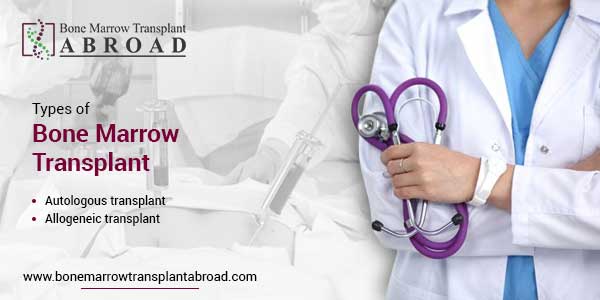Types of Bone Marrow Transplants | Best Bone Marrow Transplantation in India |Bone Marrow Transplant Procedure & Types

What are the different types of BMT? Bone Marrow Transplant (BMT) actually means an infusion of stem cells (collected either from bone marrow or peripheral blood or cord blood) into the recipient. There are different types of bone marrow transplants depending on the donor. The different types include the following: Autologous transplant – (Self-Donated) Allogeneic transplant – uses blood-forming cells donated by someone else Allogeneic (Donor) Transplants Using Matched Sibling Allogeneic Transplants Using Unrelated Donors Allogeneic Transplants Using Haploidentical (Half-Matched) Donors Allogeneic Transplants Using Umbilical Cord Blood Some other Types of Transplants : Syngeneic BMT: A syngeneic transplant is an allogeneic transplant from an identical twin. Identical twins are considered a complete genetic match for a transplant. In cases where the donor is the identical twin of the patient, the transplant is essentially like an autologous transpla...





